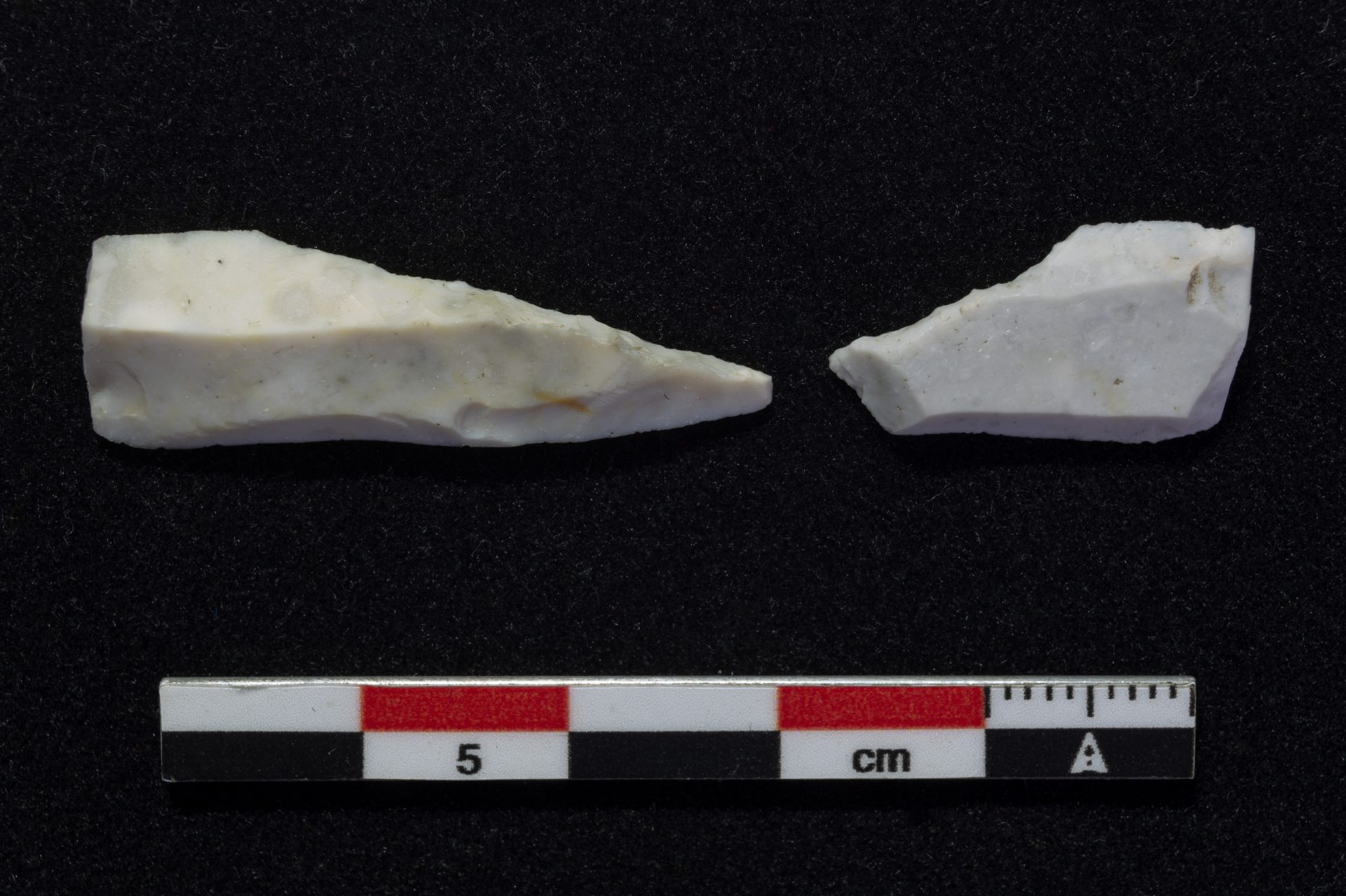News
A needle in a peat bog
A needle in a peat bog
28 June 2023
Acidic, waterlogged peat, which we have in abundance here in the North Pennines, has an interesting role, beyond its ability to store carbon. It is also the ideal medium in which to preserve historic artefacts, making archaeological surveying a crucial, but little-known step in peatland restoration. Alistair Lockett, Senior Field Officer at the North Pennines AONB Partnership, tells us more.
The North Pennines AONB Partnership has carried out peatland restoration work on a vast area of blanket bog which totals over three times the size of Newcastle. Sometimes this work throws up something unexpected, something that is a little bit like finding a needle in a haystack, or, in this case, a needle in a peat bog.
During one of our recent historic environment assessments, which are carried by qualified archaeologists prior to work starting on any of our peatland restoration sites, the archaeology team made a tiny but significant find. Working high on the North Pennine fells, near to Mickle Fell in County Durham, they unearthed two small flints. They are relatively small at about 5cm in length, but an amazing find. They are thought to be flint microliths from the Mesolithic period, probably about 3500-6500 BCE. The archaeologists have suggested these flints are parts of an arrowhead, due to the shapes, which would most likely have been from people hunting in the area.
As only two flints were found in such a large survey area, thought to be from hunting implements rather than settlement activity, finds like these do not massively affect the planning of restoration works. When historic environment assessments tell us there are important historic features, either known features in the landscape, or finds like these, these can affect where we are able to carry out work. Some areas have to have a buffer placed around them and this is used during the works to indicate ‘no go’ areas for machinery, or areas where we need to reduce any works that involve ground penetration (such as wooden dams or coir rolls).
The finds were washed, photographed and evidence put into the report that is held on an archaeological database. The team is hoping to be able to have the finds on display to the public sometime in the future.








